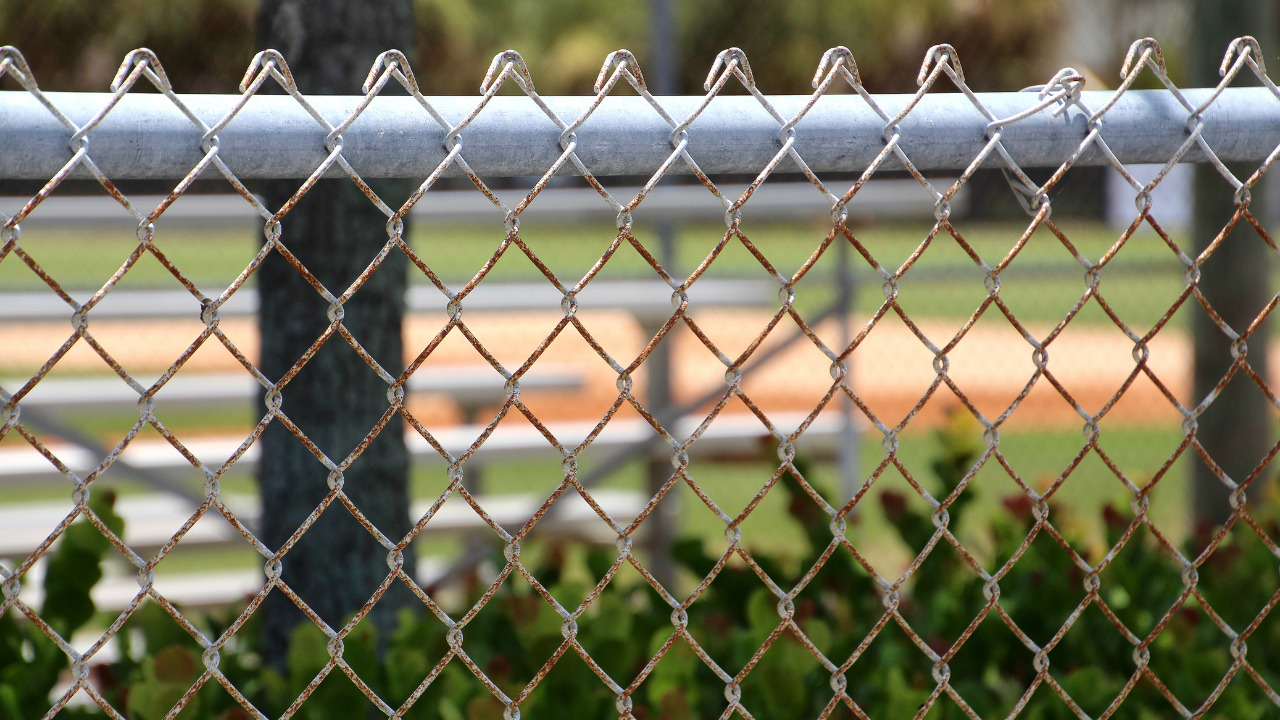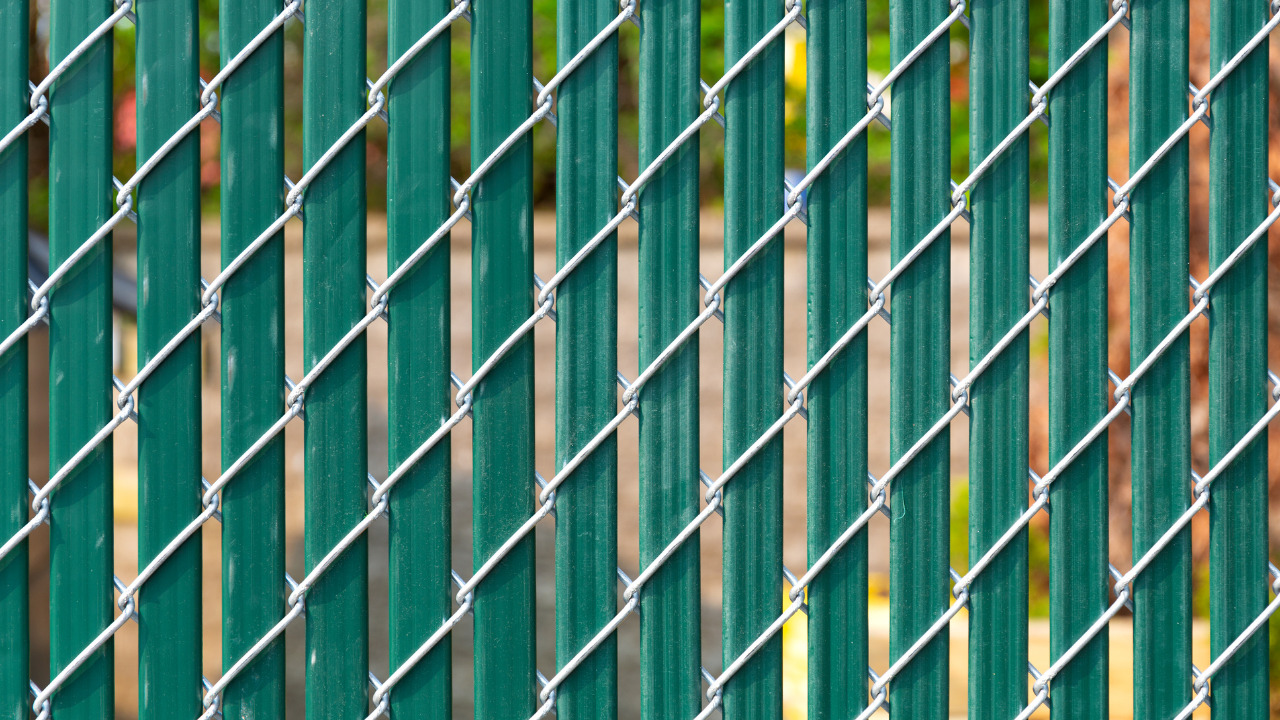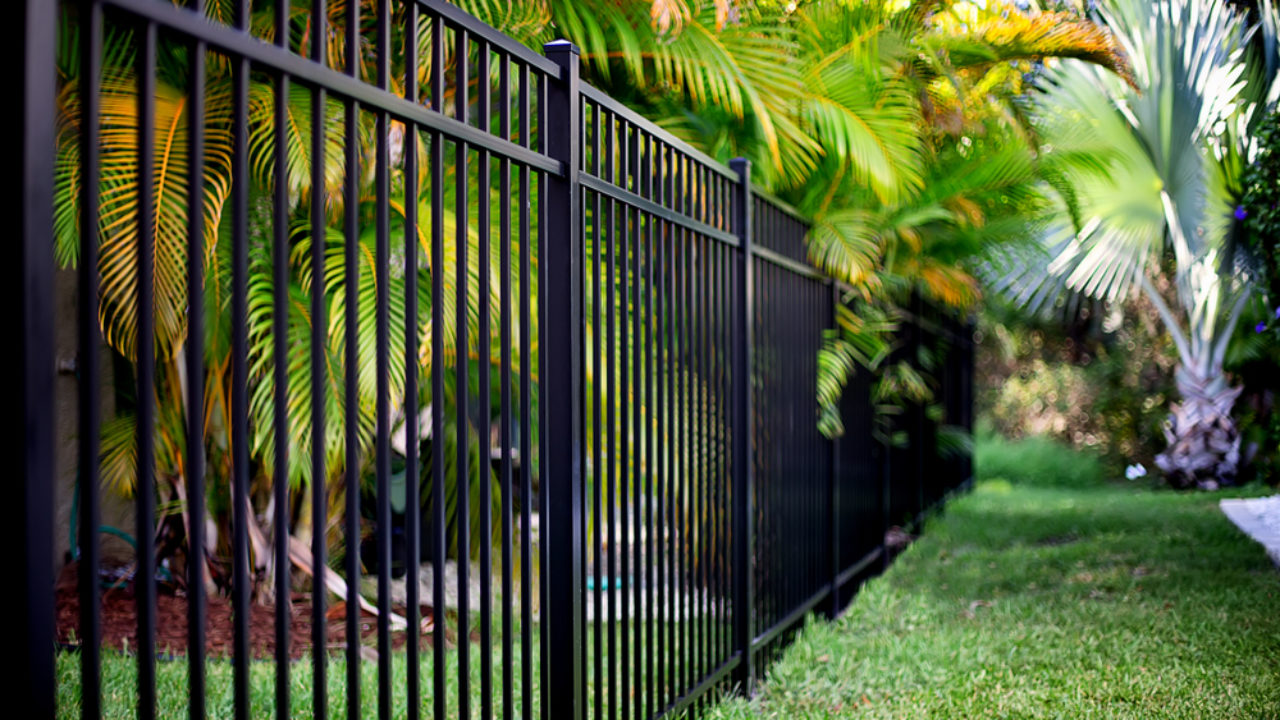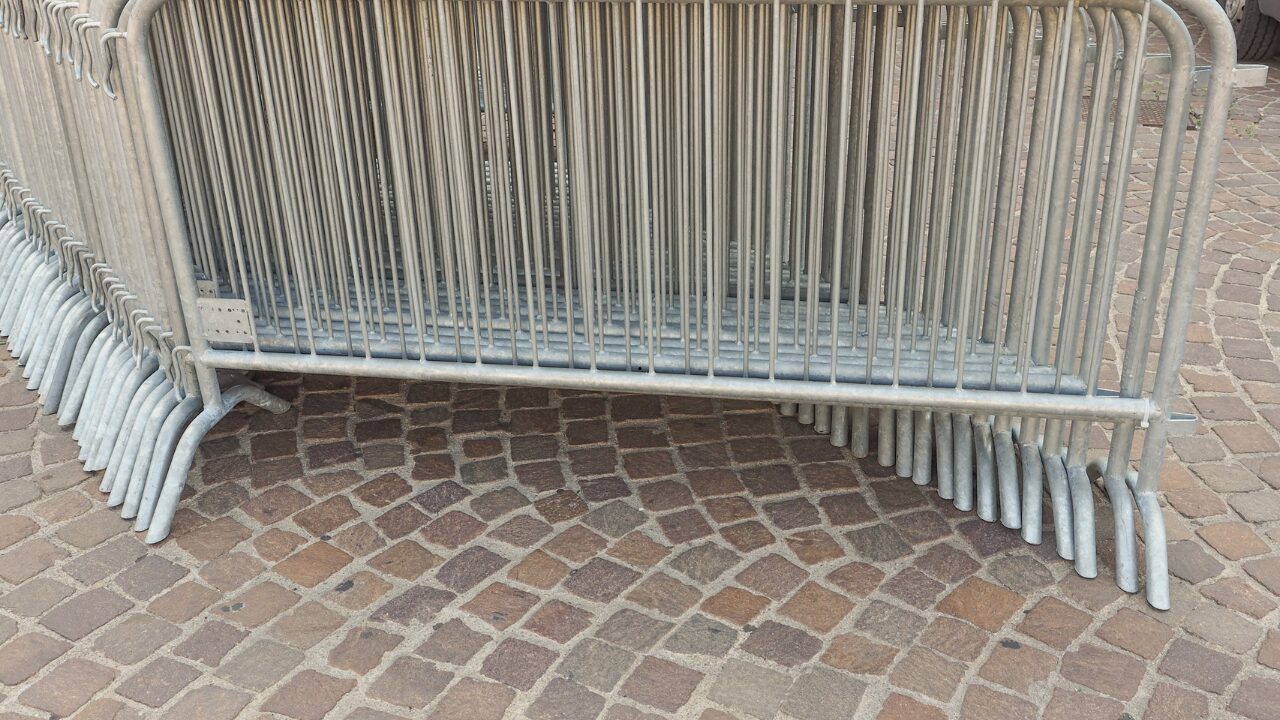A chain-link fence can be both terrifying and protective. The sight of one may bring back memories of the stress it has brought in your life, while it symbolizes safety for others. Contrary to popular belief, electrifying a chain-link fence is not directly electrifying itself, as it is not insulated.
When an animal contacts a chain-link fence, the correct technique to electrify it is to add an offset electric wire that gives it a light shock.
Setting up an electric fence may appear to be a daunting undertaking. Following these simple instructions, you can get your electric Fence up and running quickly.
You’ll need wiring, a battery source and insulators before installing an electric fence. You can also use a solar panel as the energy source, but you’ll need a special electric fence wire.
Table of Contents
Chain Link Fence: An Overview
Metal wires are woven to create a chain link fence, particularly fencing. The term “wire fence” is also used occasionally. Due to their low cost, simplicity of installation, and low maintenance needs, chain link fences are very common.
You can also easily install a chain link fence on an uneven surface. Residential, commercial, and industrial buildings all have chain-link fences around them. In addition to keeping animals in or out of a space, they are frequently used to mark property lines.
Is It Legal To Electrify A Chain Link Fence?
You’ll also need to sign up along the Fence to let people know it’s an electrified fence. In practically every state, fencing that is entirely on your property and does not infringe on any public road or fence line is allowed. Because this is private property, you can erect your fencing.
On a single electric fence line, only one charger should be utilized. When two chargers are used on the same line, both chargers will be damaged, and people and animals who come into touch with the Fence will be at risk. Large dogs are unaffected by the wire, while smaller animals may be killed.
Steps To Electrify The Chain Link
You’ll need an electric fence energizer, a charger, a fencer, or a shock box, to electrify the Fence. Electric pulses are produced on the Fence around once every second by energizers. There is a one-second gap in between where there is no electrical energy on the barrier.
1) Measure The Parameter
Determine the setting for the amount of electricity you want to be delivered first. One hundred volts at 20 mph is a good place to start because it should be enough to stop a person and inflict some pain without causing significant injury. At larger currents, the risk of an electrical burn increases, as does the risk of an electrical arc.
If an arc occurs, the chain link fence will act as a conductor between the power source and the ground, potentially resulting in a fire in dry weather. Use an uninsulated steel link chain as your conductor if you want something secure because it will protect you from electrical exposure and fire threats.
2) Cut The Links To to fit your Fence
Make a note of where you’ll cut the link. Choose cut areas that will not weaken the chain or put any other link in the Fence under stress. Remove the links with a hacksaw and bend the free ends around an insulator like a bolt. Each end of the link should be inserted and tightened to ensure that it does not contact any other links.
Using a wire stripper to remove insulation from the ends of those wires, where you will attach them to the power supply and your conducting chain link fence, cut as many links as needed to fit your Fence.
The higher the voltage transmitted through the Fence, the more links you have in your conductor. Then repeat the process for at least two more rows of links in the rest of your link set to bring current through.
3) Install Power Connections
Attach the Fence to the power source. Remove some insulation from one end with a utility knife or blade, then crimp that end to the end of another conductor with crimping pliers. Wire nuts should be tightly twisted on and soldered if accessible.
Ensure the chain is the right length, and your connection points are secure before placing the conductors under any insulators. Use a fence tester if unsure where to put the power source.
If you’re unsure how to test it, attach it as close as possible to the point where you want the current to enter the Fence. Under a corner brace or post is the greatest spot to put it. If necessary, connect your power source near the Fence with an extension cord or power strip.
4) Attach The Loop With A Metal Material
Use a flashlight to see where there is light on the barrier. If you can see illumination, your Fence is directly connected to the earth, and you should be able to utilize it instead of an old wire as an electrical conductor.
If not, ground your loop by wrapping it around anything metal. Twist the wire tightly around something metal with a wire nut at the end.
Connect your electrical source to your Fence for testing. Do not use the probes to complete the circuit, or you’ll be shocked. Use a wire to attach the Fence around one of your posts if you tested it and it’s working.
When preventing intruders or containing animals, use your Fence at your discretion. You may even use it to power lights, an automated gate opener, or something else.
Benefits Of Electrifying Fence Wire
Use an electric fence wire to electrify your chain link fence if you want a more dependable solution. Steel or aluminum tape is used to cover the electric fence lines. The wire for electric fences is exceptionally strong and long-lasting.
Unlike the tape used on electric fences, it won’t degrade over time. It is also considerably less prone to separate from the fence. Use clips or ties to fasten the electric fence tape to the fence if you’re using one. You should use a voltmeter to check the voltage once it is installed. The same procedure applies when using wires for an electric fence.
When Does Electric Fence Wire Alarm Trigger?
An alarm sounds whenever an intruder tries to touch a live wire or disconnects any wire from an electric fence. Electric fencing not only provides effective property protection, but it also acts as a psychological and physical deterrent.
The barrier does not produce false alarms. The alarm goes off only when someone attempts to interfere with the fence. This security mechanism is reputed to be efficient. Because the fence does the job so well, several locations do not have security officers watching them.
Frequently Asked Questions
Do you need to install a new fence to electrify it?
No! A fence that already exists can easily be upgraded with an electrified wire. With this choice, horses won’t jump, pressure from animals won’t be put on the fence, or the tops of wood fences won’t be cribbed or chewed. The wooden barrier must not come into contact with the hot electrical cable.
Are there any alternatives to electrifying a fence?
Adding one or more permanent hot wires will electrify an already-existing fence. While building a new fence, hot wires might be added.
Do you need a battery to electrify a fence wire?
For a variety of very good reasons, 12-volt battery power many electric fences. They are transportable and don’t require a nearby power source. Also, they can be permanently powered by a solar panel, eliminating the need to recharge frequently.
Conclusion
Ensure the voltage can flow through the chain-link Fence before electrifying it. There isn’t enough electricity if you have an outside outlet on your property but no power line near where you want the electric cable to go.
You can kill the Fence by unplugging the battery or turning off the power source, but remember to kill it before attempting to touch it.
For electricity to flow from one end of the Fence to the other without being blasted by lightning or other sources of high-voltage energy nearby, you’ll need roughly five volts per foot of wire.













